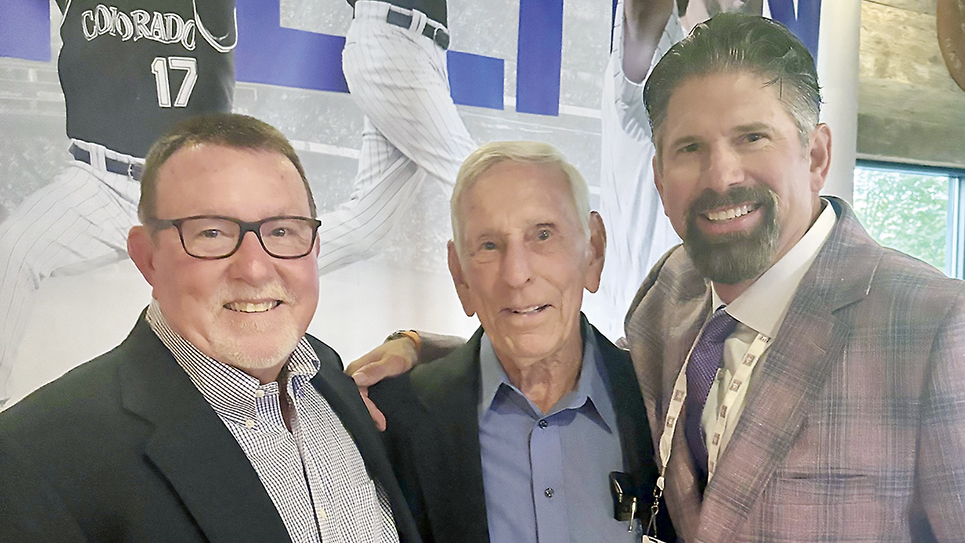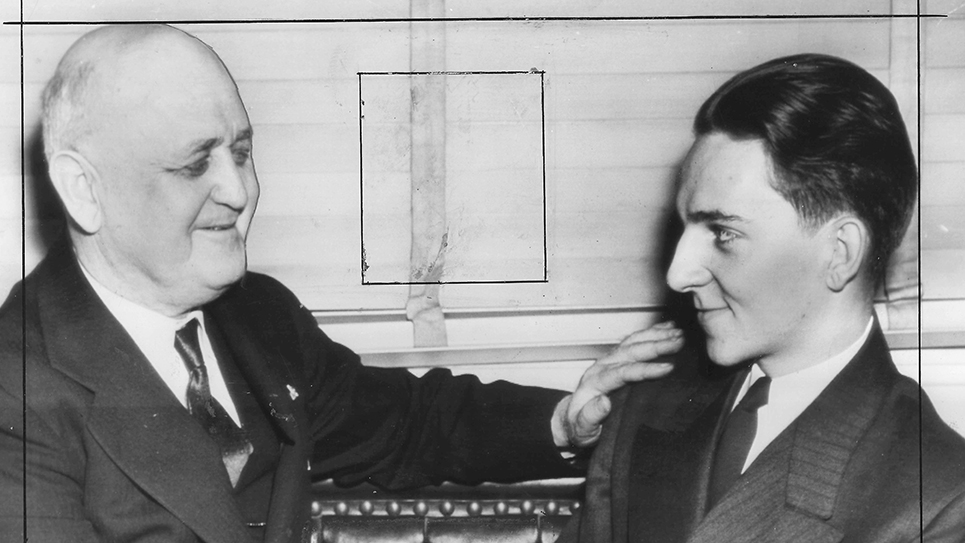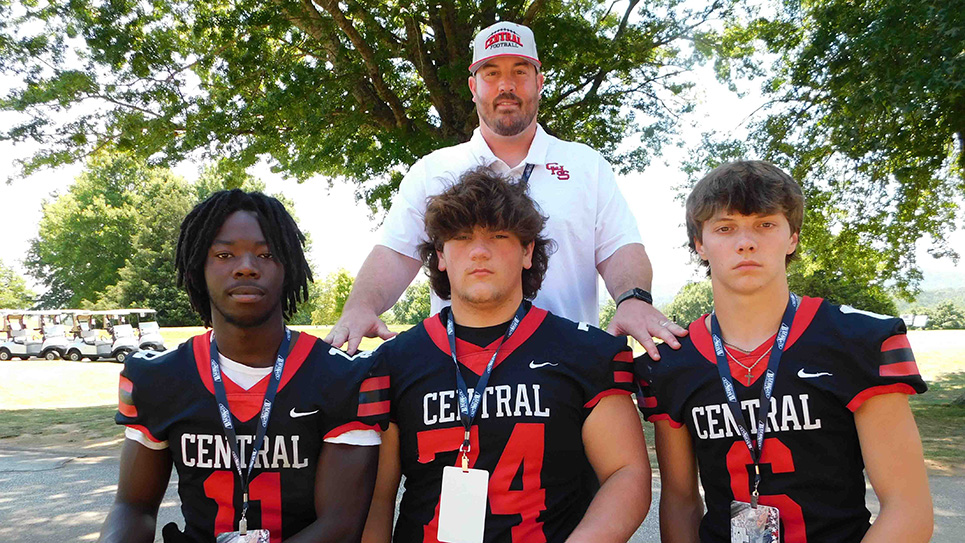One of the legendary professors
By Tom Mattingly
Sometimes the names of people you’ve admired greatly over the years pop into your head for no specific reason.
That was the case with Jimmy Walls, James Gray Walls, Sr., officially, the professor who taught the introductory geology sequence from 1930-77 and became one of the legendary figures on campus. His wife, Nancy, termed him the “stately Walls of old U.T.,” appropriating a line from Mary Fleming Meek’s University of Tennessee “Alma Mater.”
Jimmy’s name belongs in the legendary professor conversation, along with Bill Cherry, Lee Seifert Greene, Otis Stephens, J. Fred Holly, Tony Spiva, Dick Penner, Richard Marius, and many others. He was that influential. Dr. Greene had a number of contentious run-ins with Gen. Neyland over the years, while Dr. Holly was an absolute delight during Kentucky Derby week.
Jimmy was also the best-dressed professor on campus, who believed an instructor had a duty to set a proper example for his students.
“It behooves a man who is leading the group to look as good as he can,” said Walls. “I always wore the best clothes I could afford. I always had a coat and tie on. Apparently, a lot of the parents appreciated it and told me so.”
He made sure everybody could hear him when he taught, made sure the student in the back of the room could hear what he had to say and read what he put on the board and could have every chance to earn a passing grade in his class.
Away from the classroom, Jimmy was also the faculty advisor for Nahheeyayli, the group that brought the big bands to campus. At the insistence of assistant football coach Col. Paul Parker, he was also the Vol golf coach (1934-55). He worked at Shields-Watkins Field and Alumni Gym on football and basketball game days, ordering concessions, paying the officials, and otherwise helping run things. He was Gus Manning before Gus arrived on the scene in the 1950s.
He once played an exhibition match at Knoxville’s Holston Hills Country Club with the legendary women’s golfer, Mildred “Babe” Zaharias. Watching his swing, Babe made this suggestion: “Tighten your girdle, professor.”
He met Bob Neyland through fellow professor Dr. Lexemuel Ray Hesler. Jimmy was a Neyland devotee, calling him a “good friend” and remembering parking his car next to the General’s at the stadium.
To many students over the years, a U.T. education was not complete without his introductory geology class. Jimmy built his career on teaching the introductory course, even though he was encouraged more than once to move on to other, higher-level courses.
“I soon saw that the action was in the beginning course,” he said in a 1991 interview. “That’s where the crowds were. People who taught the advanced courses taught maybe six or seven students. In mine, I was teaching hundreds. That’s where I wanted to be.”
One dean told him that not doing research would hold back his chances for advancement. He had little understanding of the Walls persona.
“I have apparently done all right in teaching,” he said. “It’s true I don’t do research. My students are my research. My classes were large. I was turning in grades for 400-500 students every quarter.”
Jimmy remembered his first class at Tennessee and recalled the nervousness it engendered.
“I can remember very well that I had written out on a yellow legal pad enough notes to last me through two weeks,” he said, poking fun at himself as he remembered his ‘elaborate preparation.’ “At the end of 45 minutes, I was finished. I said that will be all for today, and we left. Toward the end of my career, I didn’t have anywhere (near) time enough. I could speak for a whole quarter from a couple of three-by-five index cards.”
Someone estimated that Jimmy touched the lives of more than 40,000 students during that time, long enough to have fathers and sons and mothers and daughters in his class. In 1988, the James G. Walls Lecture Hall was dedicated at the Department of Geological Sciences. The department also established the James G. Walls Excellence in Teaching Fund.
Jimmy died in November 1995, sometime during the week of the Kentucky game. No less of an expert than Cherry, the irascible geography professor, had once called him “the best teacher in the university.”
No one who knew Jimmy would disagree.
He came to Knoxville in 1929 and said he thought he might stay a year. He stayed 47.
He was “the man” in elementary geology. No one ever taught it better.
As Rick Flair has often said, “To be the man, you have to beat the man.”
No one ever beat Jimmy Walls.






